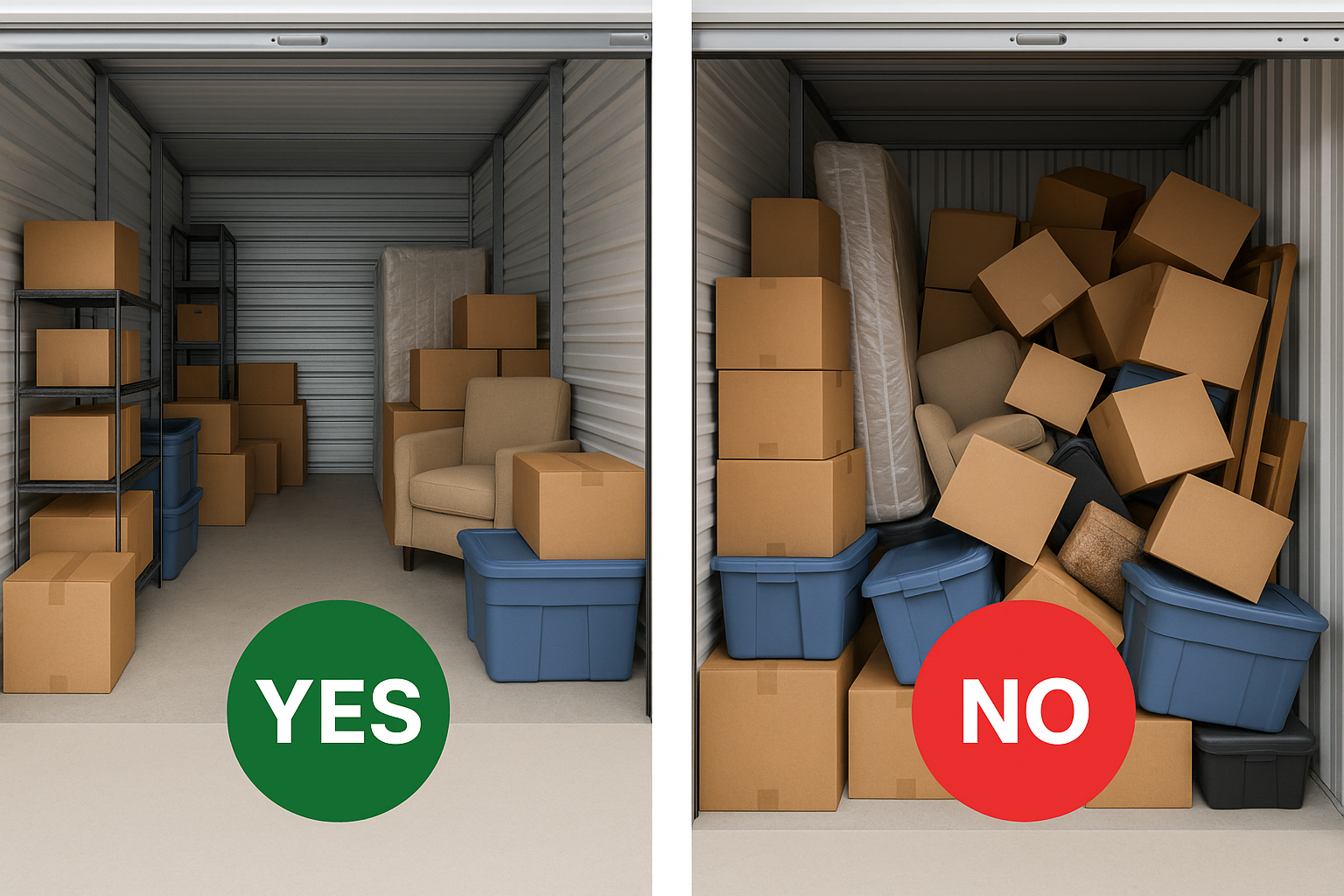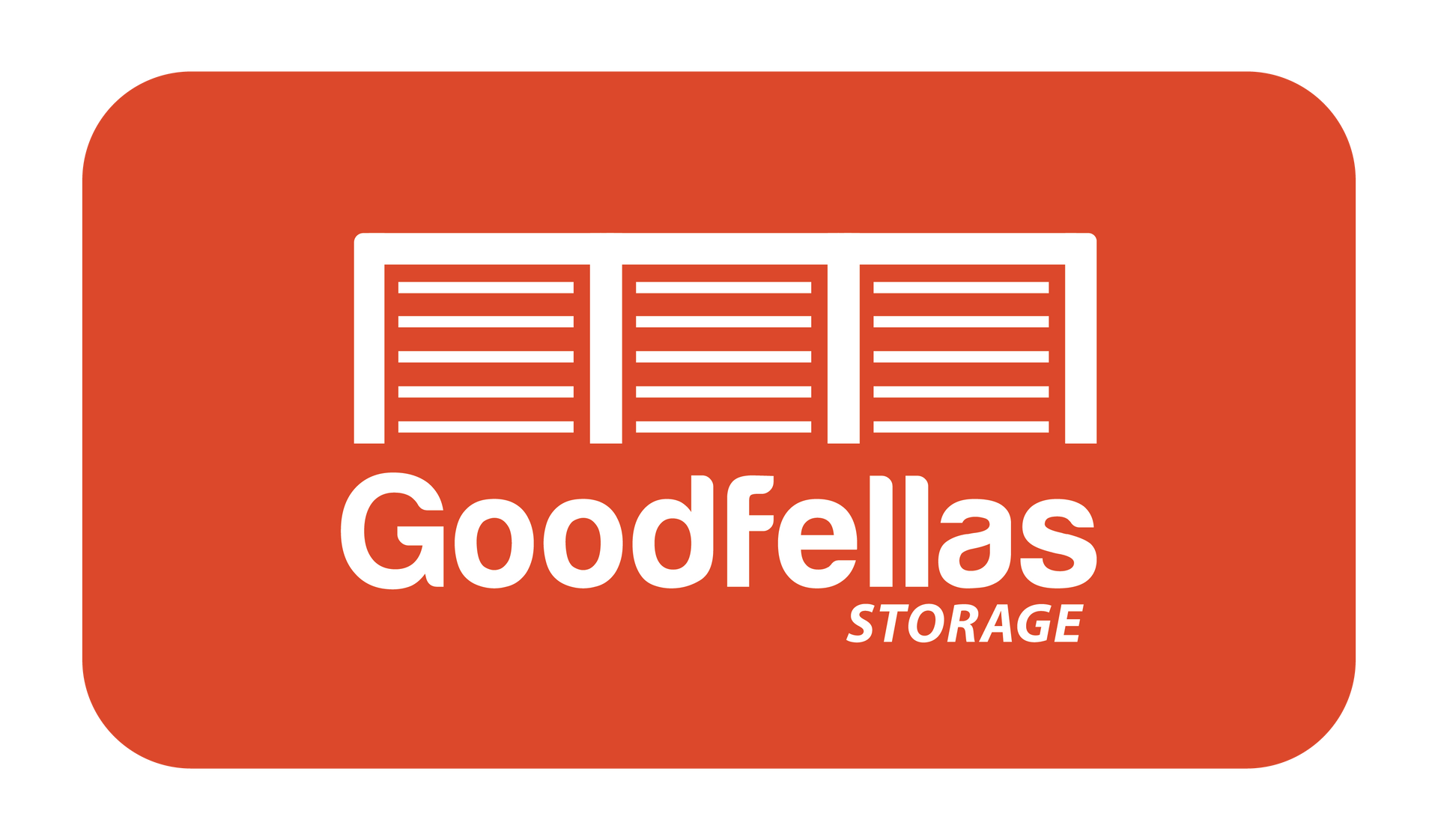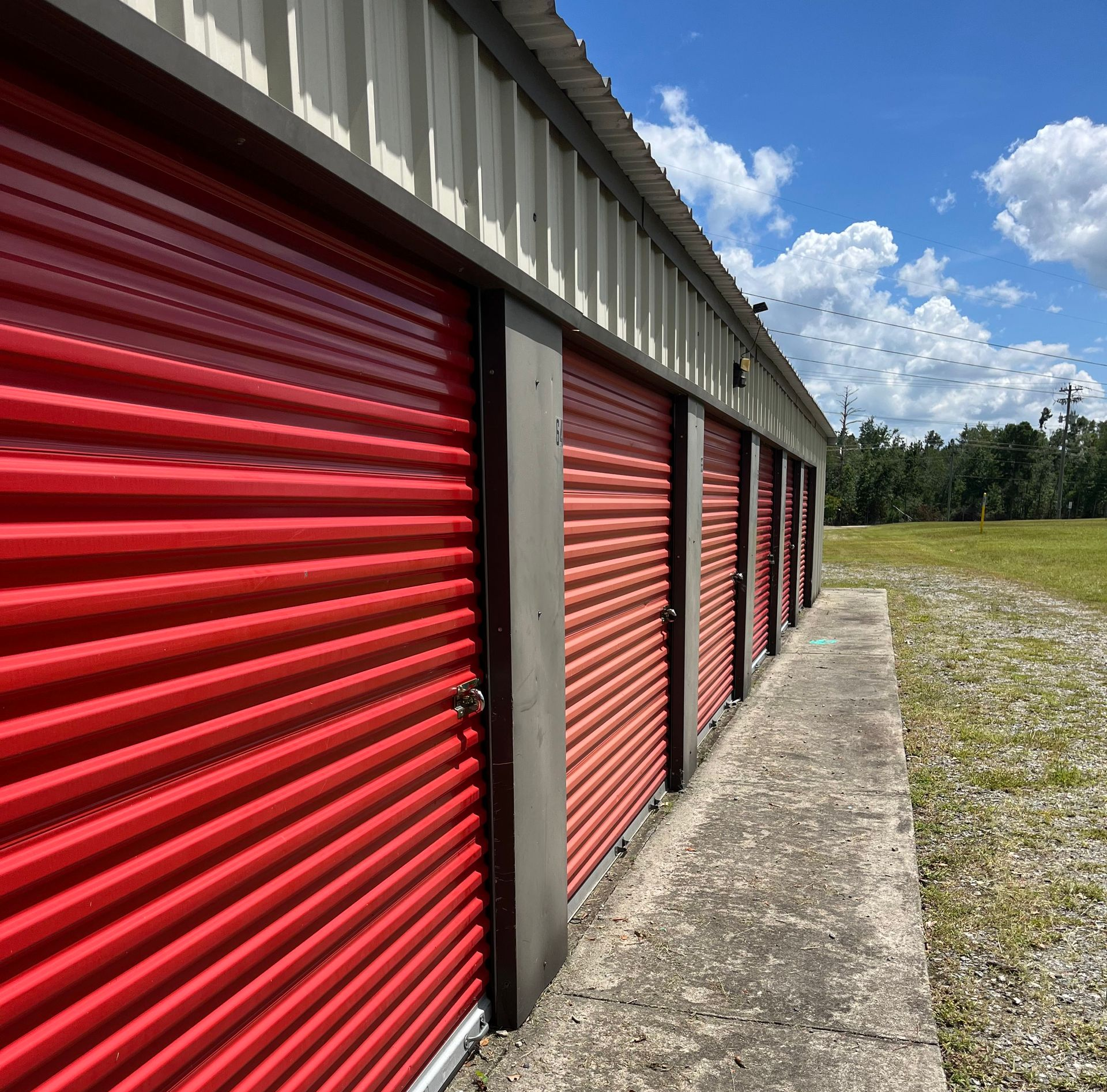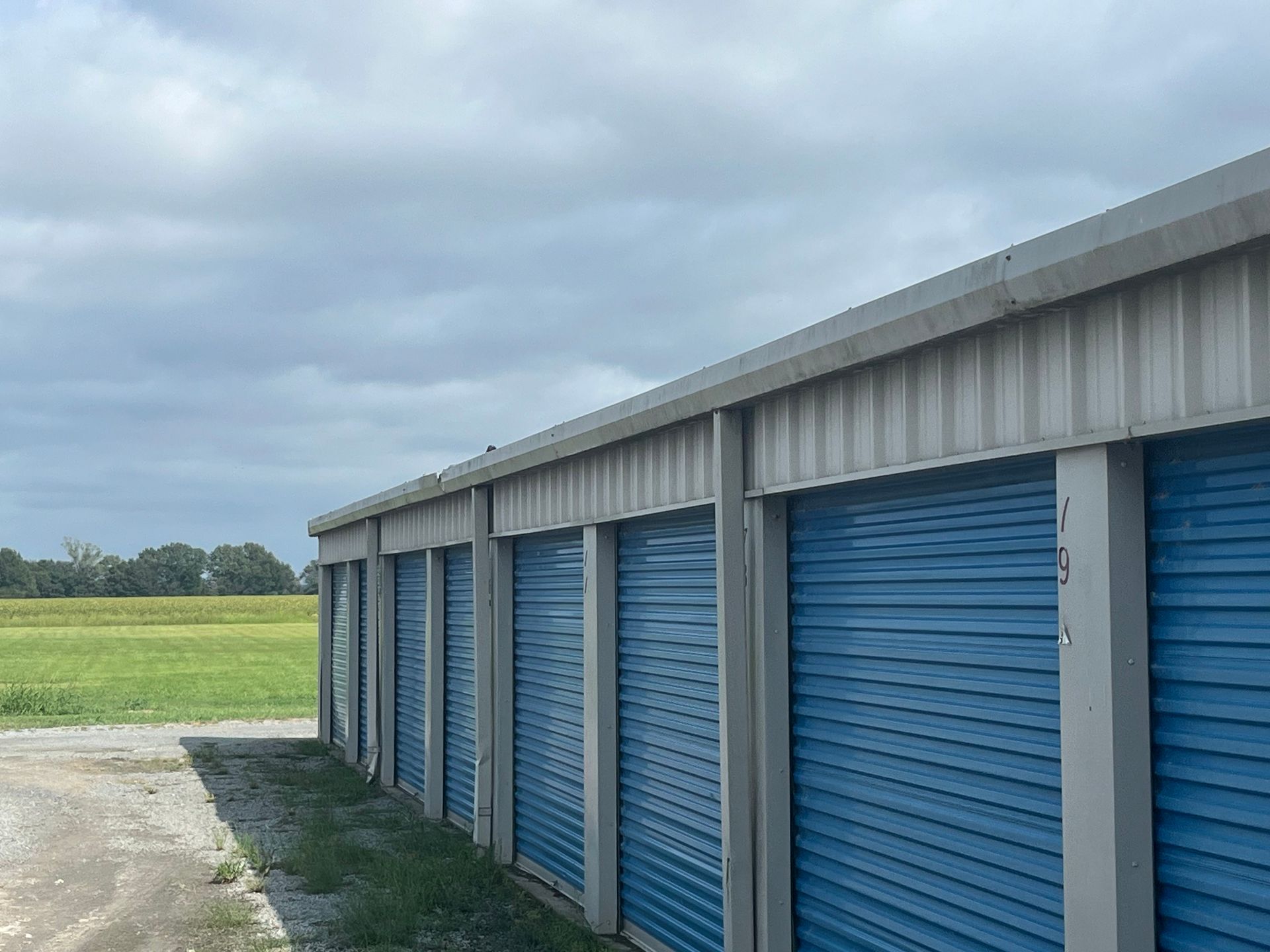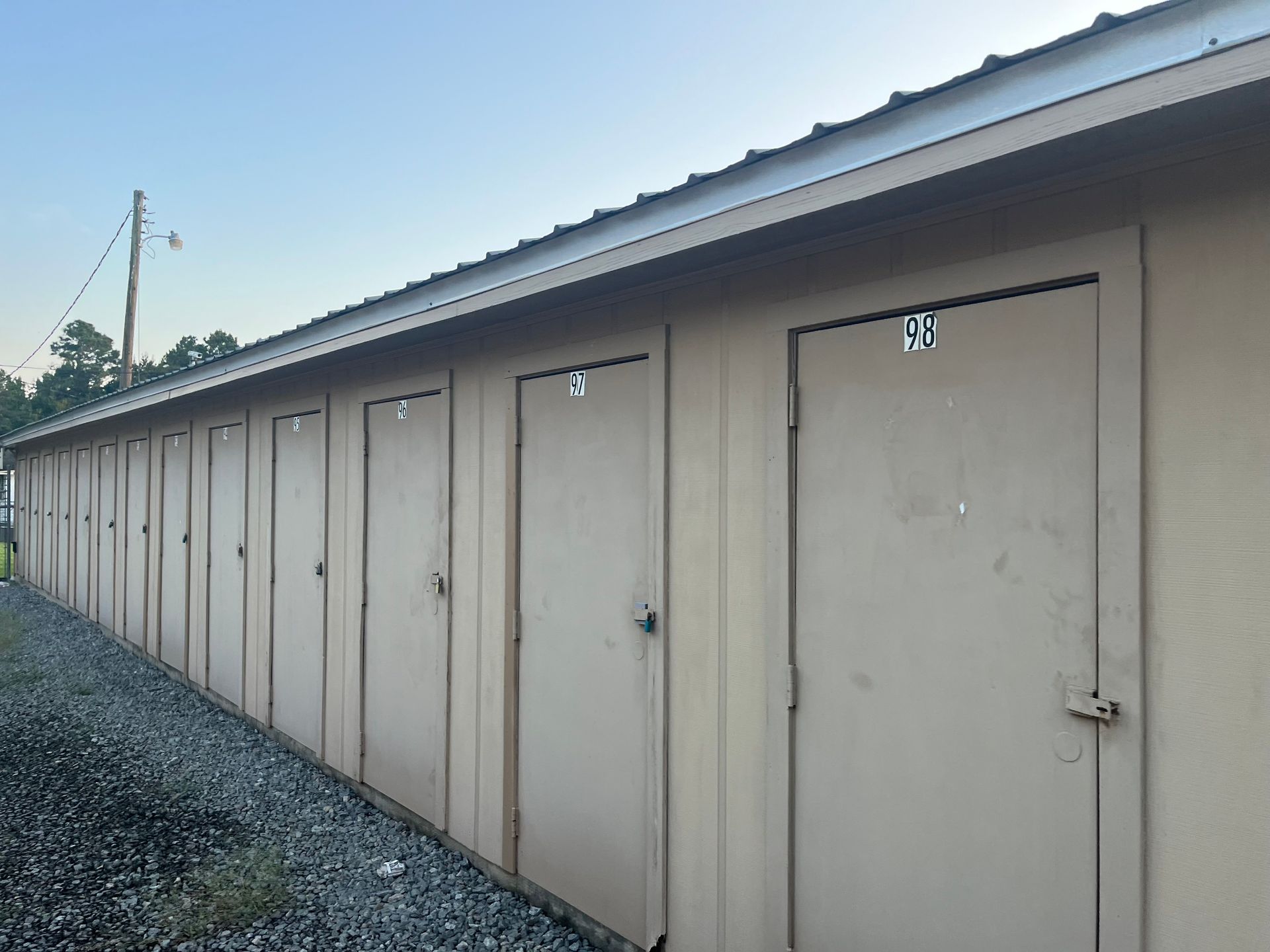Storage Unit Hacks Every Homeowner Should Know
Smart, Practical Storage Tips to Help Homeowners Declutter, Stay Organized, and Make the Most of Every Square Foot
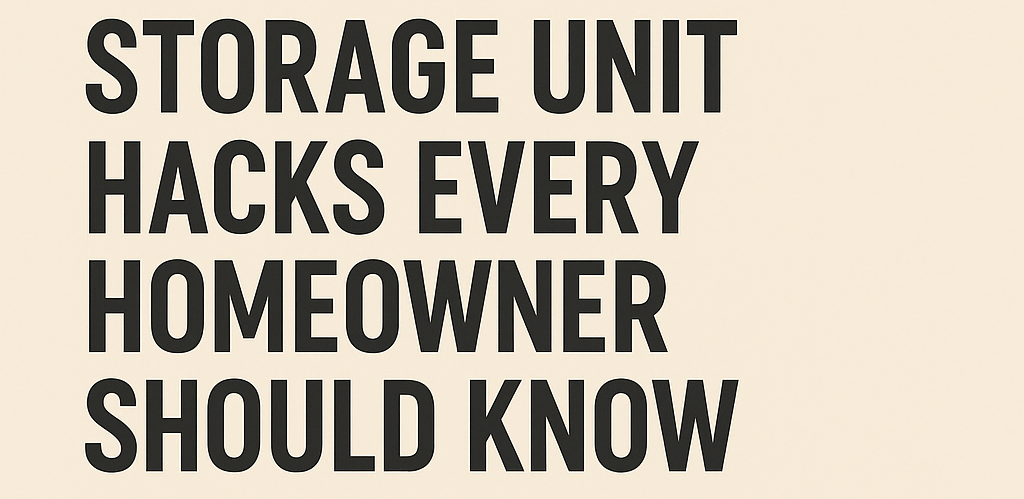
Finding enough space at home can feel impossible. Closets overflow, garages lose parking spots, and seasonal items pile up in the attic. For homeowners, renting a storage unit is one of the most effective ways to manage space and reduce clutter without giving up belongings you still want or need. But simply renting a unit isn’t enough. To truly maximize the value of storage, you need to know how to use it strategically.
This guide covers practical storage unit hacks every homeowner should know, offering real-world solutions for freeing up space in your home while keeping your items safe and accessible. Along the way, we’ll connect these strategies to other helpful resources like Decluttering a Garage? Here’s When to Use a Storage Unit, How to Choose the Right Size Storage Unit, and Fall Storage Prep: What to Put Away and When.
Why Homeowners Benefit from Storage Units
Before diving into hacks, let’s highlight why storage units are such a powerful tool for homeowners:
- Alleviate clutter quickly – Remove bulk items and reclaim living space.
- Seasonal rotation – Free your closets and garage by moving off-season clothing, sports gear, or holiday décor to storage.
- Protect valuables during transitions – Whether renovating or moving, units keep belongings safe.
- Cost-effective alternative to moving – Instead of upgrading to a bigger home, storage units create “extra rooms” for a fraction of the cost.
Now let’s get into the hacks that make storage not just useful, but transformative.
Hack #1: Rotate Items Seasonally
Homeowners often overlook the power of seasonal rotation. Keeping only what you need right now in your home and moving the rest into storage instantly reduces clutter.
- Spring and summer storage: Move bulky coats, boots, snow blowers, and holiday décor out of the way.
- Fall and winter storage: Store patio furniture, lawn equipment, and summer sports gear.
This cycle ensures your closets and garage are only filled with items relevant to the season. For a detailed breakdown, see our guide on Fall Storage Prep: What to Put Away and When.
Hack #2: Use Clear Bins and Label Everything
Cardboard boxes are cheap but impractical. Clear plastic bins with tight lids make it easy to see contents at a glance and protect against moisture and pests.
Labeling tips:
- Use bold, legible labels on multiple sides.
- Color-code by room (kitchen, garage, kids’ room, etc.).
- Add a simple numbering system tied to a master list on your phone for easy retrieval.
Hack #3: Create a “Second Garage” in Storage
If your garage is too full for your car, it’s time to rethink. Many homeowners unknowingly waste garage space storing things they only use a few times a year.
Instead, store:
- Holiday decorations
- Seasonal tools (snow blowers, lawn mowers)
- Bulk household supplies (paper towels, water, canned goods)
Freeing up your garage adds instant functionality and value. For deeper tips, check out Decluttering a Garage? Here’s When to Use a Storage Unit.
Hack #4: Use Vertical Space
Most homeowners pack items only on the floor of their unit, wasting vertical room. To maximize every square foot:
- Bring in heavy-duty shelving.
- Stack uniform bins securely.
- Hang tools, bikes, or sports gear on wall-mounted hooks.
This hack can nearly double your usable space.
Hack #5: Treat Your Storage Unit Like a Closet
Think of your unit as an extension of your home, not a black hole for forgotten boxes. Organize it like you would a walk-in closet.
- Place frequently used items in front.
- Keep pathways for easy access.
- Store items by category: holiday, outdoor, keepsakes, seasonal clothing, etc.
This mindset makes retrieving items fast and stress-free.
Hack #6: Use Furniture as Storage
Why waste empty dresser drawers or cabinets? Fill them with linens, seasonal clothing, or small household items before moving them into storage. This not only saves space but also protects delicate items inside sturdy furniture.
Hack #7: Vacuum Seal Bulky Items
Bulky bedding, comforters, and off-season clothing can take up a shocking amount of space. Vacuum-sealed bags shrink them down to a fraction of their size while also keeping them clean and protected.
Hack #8: Store Keepsakes Safely
Homeowners often struggle with sentimental clutter. Old yearbooks, photo albums, and family heirlooms take up valuable space at home but don’t need daily access. Storage units offer a safe, secure home for these treasures, keeping your living spaces functional.
Hack #9: Keep a “Storage Inventory”
One of the most frustrating parts of using storage is forgetting what you put inside. Keep a simple inventory list on your phone or in a shared document with family members.
- Note which bin or shelf holds each item.
- Update it when adding or removing items.
- Snap photos of packed bins for quick reference.
Hack #10: Choose the Right Size
Renting the wrong size unit leads to frustration and wasted money. Too small, and you’ll constantly shuffle things around. Too large, and you’ll overpay.
Read our full guide on How to Choose the Right Size Storage Unit for smart sizing tips before committing.
Hack #11: Protect Against Dust and Moisture
Even in well-maintained facilities, dust can accumulate over time. Protect items by:
- Using dust covers on furniture.
- Placing items on pallets or plastic sheeting to keep them off the ground.
- Sealing boxes tightly.
Hack #12: Store Documents and Files Securely
Paper clutter overwhelms many homeowners. Tax records, business files, and old paperwork can be boxed, labeled, and stored safely. For sensitive documents, use waterproof, lockable containers inside your unit.
Hack #13: Build “Home Zones” Inside Your Unit
Arrange your unit in zones just like your home. Example layout:
- Left wall: seasonal clothing and accessories.
- Right wall: tools, lawn equipment, and garage overflow.
- Back wall: keepsakes and long-term storage.
This simple zoning system makes items easier to locate.
Hack #14: Leave Room for Growth
Homeowners often underestimate how much they’ll eventually place in storage. Leave at least 20 percent of your unit empty for future additions. This prevents having to move everything to a larger unit prematurely.
Hack #15: Schedule Seasonal Swaps
Make your storage unit part of your routine. For example:
- March/April: Swap in summer gear, store winter items.
- September/October: Rotate back to fall and winter storage.
Treat it like a seasonal task, just like changing smoke alarm batteries or servicing your HVAC system.
Hack #16: Don’t Store What You’ll Never Use
Storage is about making room for what matters, not prolonging clutter. If you haven’t used something in years and don’t foresee needing it, donate, sell, or recycle it instead of paying to store it.
Hack #17: Use Technology for Access
Some homeowners photograph the layout of their unit or use apps to tag and track items. QR code labels linked to an inventory list can make finding things effortless.
Hack #18: Store Outdoor Toys and Gear
Kayaks, paddleboards, camping supplies, or kids’ outdoor toys can dominate garage or yard space. A storage unit keeps them safe during the off-season and prevents unnecessary wear and tear.
Hack #19: Think Beyond the Home
Storage units aren’t just for overflow. Many homeowners use them for hobbies, small business inventory, or even staging homes for sale. The flexibility extends far beyond just “extra space.”
Hack #20: Bundle and Group for Efficiency
Keep sets of items together in storage. Store all camping gear in one bin, all holiday décor in another, and all tools in another. This prevents unnecessary digging and helps you grab everything you need in one trip.
Homeowner Storage Q&A
Q: How can a storage unit help me declutter without feeling like I’m just moving the mess elsewhere?
A: The key is intentionality. Only store items you plan to use again or that hold long-term value. Donate or discard what no longer serves you.
Q: Should I rent climate-controlled storage for household items?
A: For sensitive items like wooden furniture, electronics, or photographs, climate control is ideal. For durable goods like yard equipment or plastic bins, standard storage often works fine.
Q: How often should I visit my storage unit?
A: At least seasonally. Regular visits help you rotate items, update your inventory, and ensure everything remains in good condition.
Q: How do I know if my unit is too small or too large?
A: If you’re stacking bins dangerously high or struggling to access things, it’s too small. If large sections of floor remain unused, it’s too big. Our guide on
How to Choose the Right Size Storage Unit can help you find the sweet spot.
Q: What are the most common items homeowners put in storage?
A: Seasonal clothing, holiday décor, sports gear, outdoor furniture, extra furniture, keepsakes, and bulk household goods.
Final Thoughts
For homeowners, renting a storage unit is more than just finding a place to stash boxes. It’s about creating breathing room at home, improving organization, and protecting belongings you care about. With these storage unit hacks, you can turn your rented space into a true extension of your home, keeping life more organized and stress-free.
Whether you’re freeing up your garage, downsizing, or simply looking for smarter ways to manage seasonal clutter, storage units provide a flexible, cost-effective solution. Apply these tips, and you’ll see just how much lighter and more organized your home can feel.


